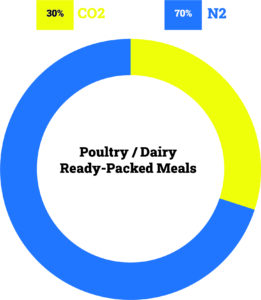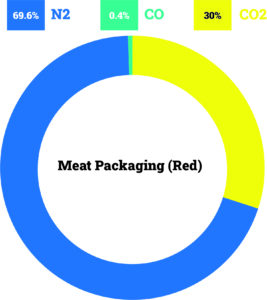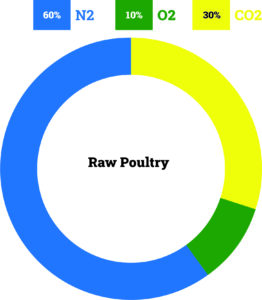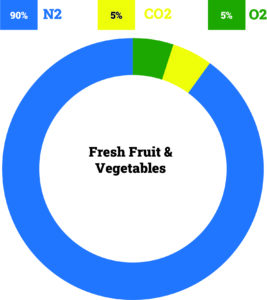FAQ
Search / Filter
Carbon Dioxide Nonsense
You need a leak check buddy. Do you have your leak check buddy?
Safety concerns take up a fair amount of my time as the safety program manager here at McDantim. We work with high-pressure gases, asphyxiant gases, and normal office dangers, like papercuts and standing on wheelie chairs when no one is looking to water one of the 25 plants in my office. Now, the last concern is totally directed at me being a lazy dum-dum who doesn’t want to go get a step stool late on a Friday afternoon, but I SHOULD KNOW BETTER. We are fortunate to have checks in place to make sure everyone is safe on and off-site. We don’t go off-site very often, but when we do, it’s for training purposes: draught system troubleshooting or installs with our administrative staff so we can help you as much as possible. Plus, information and education are our pride points to provide the best customer service we can. While off-site, we have portable CO2 monitors for our employees to wear. Not all coolers are equipped with CO2 monitors, so better safe than sorry.
We get a fair amount of tech calls about leaking systems. These calls are always a little nerve-wracking for us because of the hazards associated with CO2 intoxication. “If you think you have a leak, have someone with you or watching you while you check.” We had a horrendously distressing tech call a few months back where an end user thought she had a leak. She went into the cooler and felt a little dizzy and called us for assistance. Dan took this call and told her to have someone with her or watch her while she checked. While on the phone, the other line disconnected. We proceeded to freak out here at McDantim, and her employee called and said she was passed out on the floor in the cooler. Holy crap on a cracker. Get her out of there, call 911. Call us back. Thankfully, she is fine. I even talked with a gal here in Montana who was driving to a beer fest, transporting her CO2 and jockey box in the car when she started feeling dizzy. She knew to roll down her windows and pull over to check the CO2 cylinder, which was leaking.
We want you to be safe when you check your system. We use CO2 Meter for our CO2 monitors at our facility and for out-of-office troubleshooting.
Written by Kayla Mann; June 2019
Modified Atmosphere Packaging (MAP)
WHY MIXED GAS?
Mixed gases are imperative to the food processing and packing industry and the correct gas mix can transform the shelf life and presentation of your products.
Within the production process, mixed gas is vital for many key stages such as production, bulk distribution, retail, and final packing for consumers. Modified atmosphere packaging (MAP) can be hugely beneficial and there are several gas mixes required at different points of this process.
CUSTOMIZE YOUR BLENDS FOR ANY OF YOUR APPLICATIONS.
With MAP, different gases can play vital roles in product longevity. With unwanted processes like mold growth and oxidation both being a death sentence to packaged food, Nitrogen gas can be hugely beneficial in excluding Oxygen from food packs. Transversely, oxygen can help keep products, like cheese, fresh. For red or uncooked meat, a tri-mixture of Carbon Monoxide, Carbon Dioxide, and Nitrogen is a popular choice, as the mixture helps to keep the meat fresh and maintains the vibrant, red color.
With a McDantim Trumix® panel, successful MAP is achievable when applying the precise mixtures used in the flushing stage of the process. Using a burst or pulse filler? We offer buffer tanks in multiple sizes to fit your application.
While our Trumix® panels don’t require a storage tank to operate or mix gases to your required blend, sometimes it’s best for the life of the panel and the application to have a storage tank.
Modified Atmosphere Packaging (MAP) uses mixed gas to adjust the atmosphere either in a full space or in bursts to fill packages, extending the shelf life of certain foods. With burst filling, we recommend adding a surge or buffer tank with your Trumix® panel.
WHY:
Best case scenario
Worst case scenario





